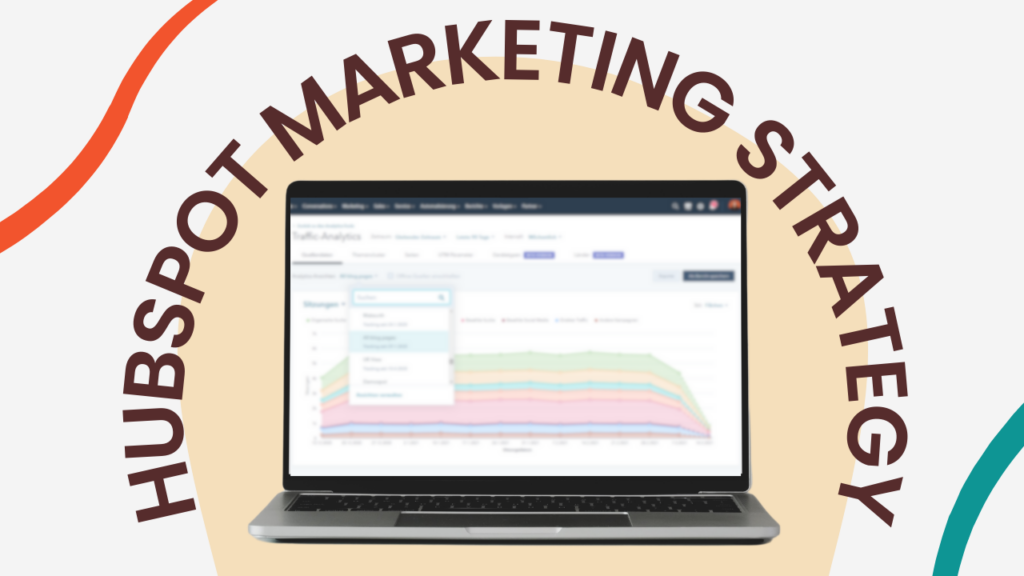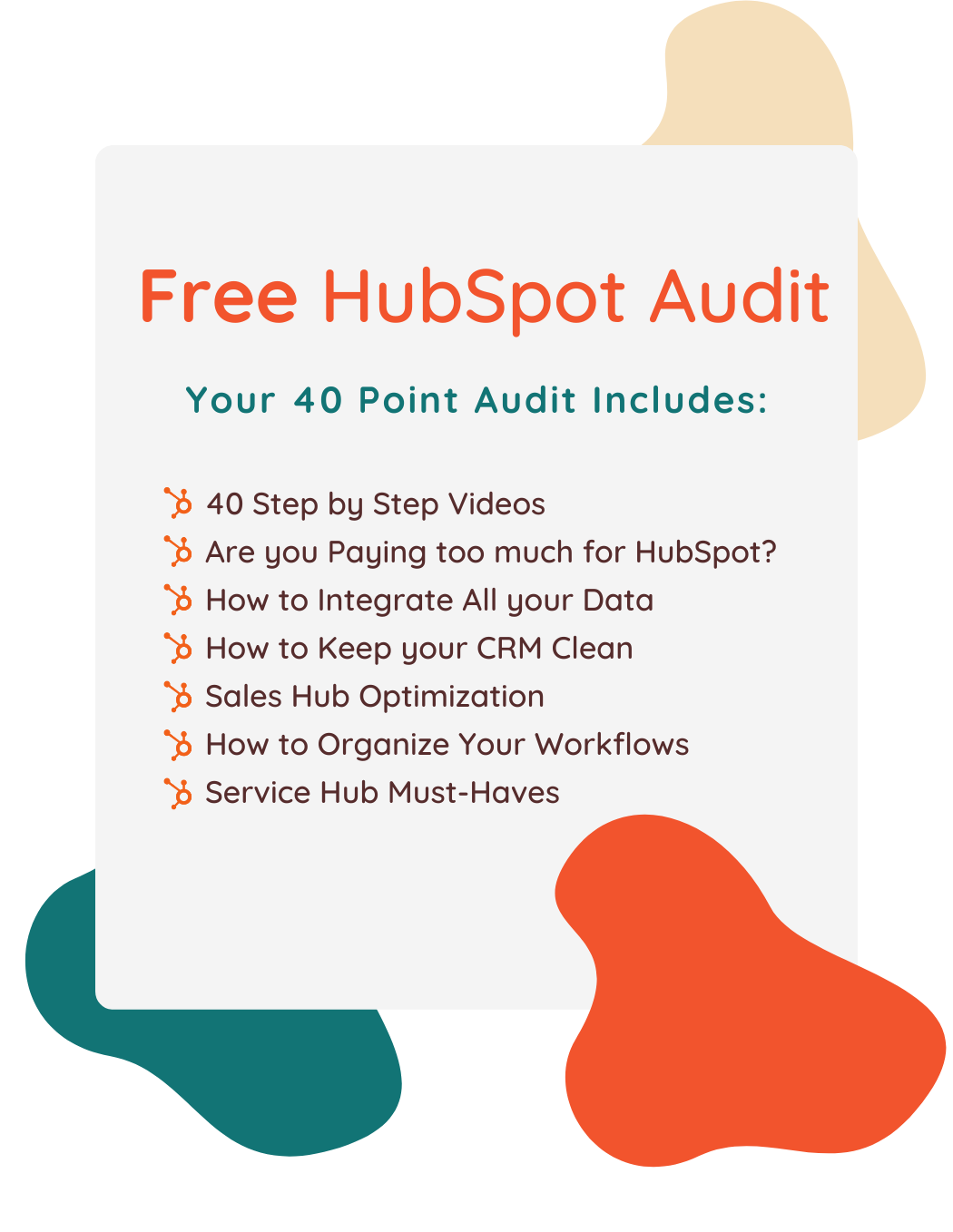10 Steps to Creating Your Marketing Strategy Using HubSpot

Written by
Good Team
Created on
April 13, 2023
10 Steps to Creating Your Marketing Strategy Using HubSpot
If you’ve been around HubSpot, you know a marketing strategy is essential to help you reach your business’s goals.
Now you may be asking yourself, how do I create an effective and profitable strategy for my business?
In this blog post, we’ll walk through 10 steps to help you set up a comprehensive marketing plan. And by the end, you’ll understand how you can quickly bring your strategy to life using HubSpot.
Step 1: Set Clear Goals
The first step in creating a comprehensive marketing strategy is to set clear objectives.
Whether you want to increase sales, build brand awareness, or drive more leads, it’s essential to define your goals and ensure they are measurable and achievable.
Setting up SMART (Specific, Measurable, Achievable, Relevant, and Time-Bound) objectives will help you stay on track and measure your success.
Step 2: Set a Budget
As with anything, if you don’t set a budget before starting, you can spend a lot more than intended.
So, the second step is to know how much money you’re willing to spend. That way, you can determine how best to use it.
For example, do you have the funds to pay someone else to do your marketing? Or would you rather spend money elsewhere and do it yourself?
Step 3: Analyze the Market
Taking the time to research the market is an important part of creating a comprehensive marketing plan.
For example, let’s say you’re in the banking industry, and you’re the only company in your area to have a website. That knowledge could lead you to invest in your website and generate organic traffic easily because of the low competition.
On the other hand, let’s say that you’re in the software industry, and there are a ton of other companies doing what you do. That knowledge could lead you to invest in paid search and generate leads through channels like Google Ads and Meta.
By analyzing the market, you’ll be able to find a good potential starting point.
Step 4: Identify Your Target Audience
Knowing your target audience is essential for any successful marketing strategy because you should only develop content when you clearly understand who you’re trying to reach.
How do you know who your target audience is?
Ask yourself:
- What are their demographics?
- Where do they live?
- How much do they make?
- What do they value?
- What are their problems, and how can you help solve them?
A clear understanding of your target audience will make creating effective messaging more attainable.
Step 5: Create Buyer Personas
Once you have identified your target audience, you should utilize buyer personas to further understand them.
Buyer personas are detailed descriptions of who makes up your target market, including their goals, challenges, and motivations.
Here’s a link to create your own using HubSpot templates.
Step 6: Do Competitor Research
Keep an eye on your competitors. Researching their website, content, and social media pages can give you valuable insight into what strategies they are using and how successful they are.
For example, you can use tools like SEMRush and find out what content your competitors are ranking for. And then, you can create better content to drive traffic to your own site.
So instead of shooting in the dark, you can create something better than what’s already working.
This tactic will help you create a competitive marketing strategy that stands out from the rest.
Step 7: Define Your Channels
After identifying your target audience and analyzing competitors, it’s time to decide which channels to focus on for your marketing efforts.
Ask yourself:
- Should you use Linkedin or Facebook?
- Could video content be beneficial?
- Do they prefer email?
A clear view of where you should be putting your content will help you make the most of your efforts.
Step 8: Develop Your Content
Once you have identified the channels to focus on, it’s time to start creating the content that will drive your strategy.
Creating content that speaks directly to your target audience and solves their problems is essential.
And utilizing tools from HubSpot, such as the Marketing Hub, can help you develop an effective content plan quickly and easily.
Step 9: Track Key Metrics
The worst thing you can do is spend time and money on marketing and wonder if it was worth it.
So, to know that your marketing strategy is successful, it’s essential to track key metrics like website visits, lead generation numbers, and more.
And lucky for you, using the analytics tools available in HubSpot can help you track these metrics and ensure your strategy stays on track.
Step 10: Review & Adjust
Creating a successful marketing strategy takes time and adjustments. Something you thought might work well may not.
So, it’s important to take time throughout the process to review your efforts and make any necessary adjustments.
This could mean A/B testing, making changes to messaging or refining what channels you’re focusing on.
And not only that, but digital marketing is always changing. So, it’s also important to stay up-to-date with industry trends.
And that’s it!
By following these steps, you will be well on your way to creating a successful marketing plan that will drive long-term growth for your business.
And utilizing HubSpot’s tools like Marketing Hub and analytics can help you track each step of the process and ensure that you are making the right decisions at every turn.
Want to learn more about how to use HubSpot? Great! We’d love to help.
Take this FREE HubSpot Audit to get started.
And if you found this article helpful, here are a few more you might enjoy:
Unlock the Benefits of a HubSpot Solutions Partner
5 Benefits of a HubSpot Portal Audit [from a HubSpot Solutions Partner]
Get Your Free DIY 40-Point HubSpot Audit with Videos!

